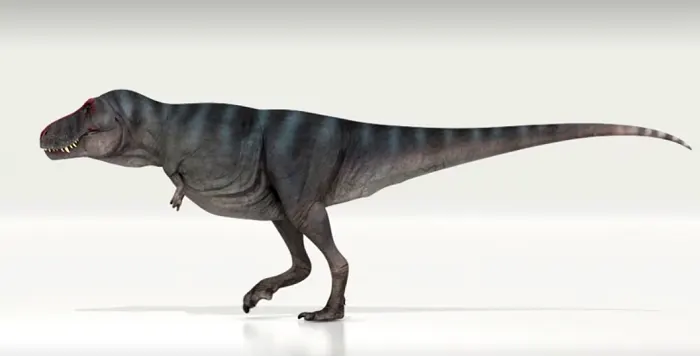
New study finds T. rex wasn't nearly as fast as depicted in movies
New Dutch research into the movement of dinosaurs has found that unlike its popular movie incarnations, Tyrannosaurus rex - the giant meat-eating dinosaur from the Cretaceous period - was even slower then previously thought, most likely ambling around at human walking speed.
Working with a 3-dimensional computer model of "Trix", a female T. rex skeleton at the Dutch Naturalis museum, researcher Pasha van Bijlert added computer reconstructions of muscles and ligaments to find that it's likely that the dinosaur's preferred speed was 4.61 kilometers (2.86 miles) an hour, close to the walking speed of humans and horses.
In an article in the Royal Open Society Science journal, Van Bijlert and his co-authors said T. rex's huge tail played an important part it its locomotion. They looked at how the animal would achieve a natural frequency of movement, factoring in not only leg muscles as in previous studies but also tail movement, that would minimize the amount of energy used..
By calculating the natural frequency of the T. rex tail, the researchers were able to calculate it's step rhythm and from that its walking speed.
It too soon to assume a human could have outrun a T. rex: the researchers said they were looking at the fearsome predator's walking pace and still researching its possible top speeds.
That is not likely to be put to the test, as the species died out 65 million years before people appeared on the Earth.









